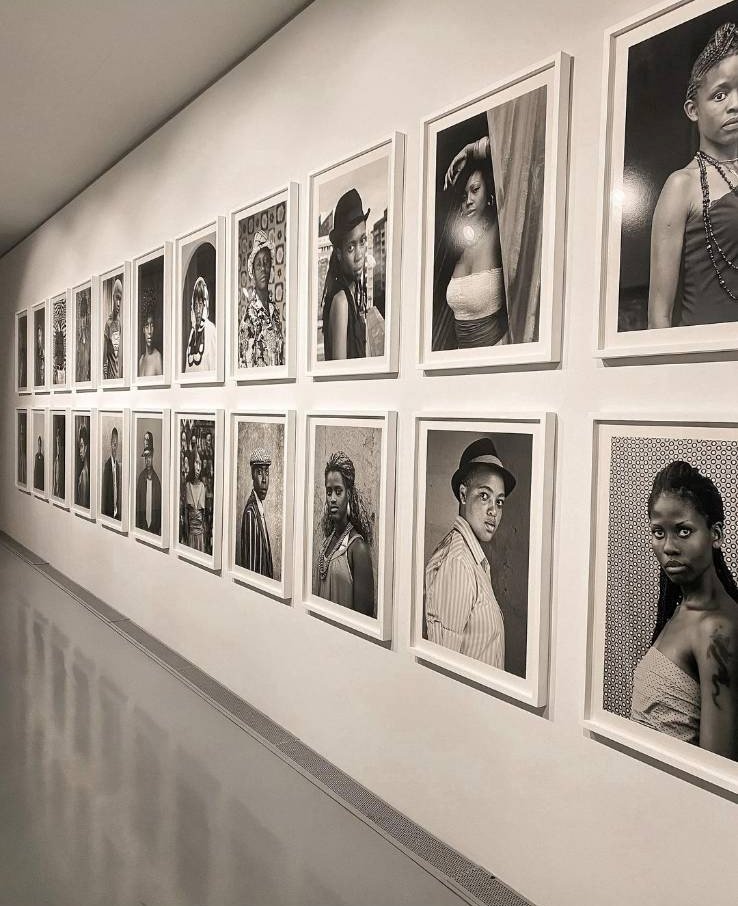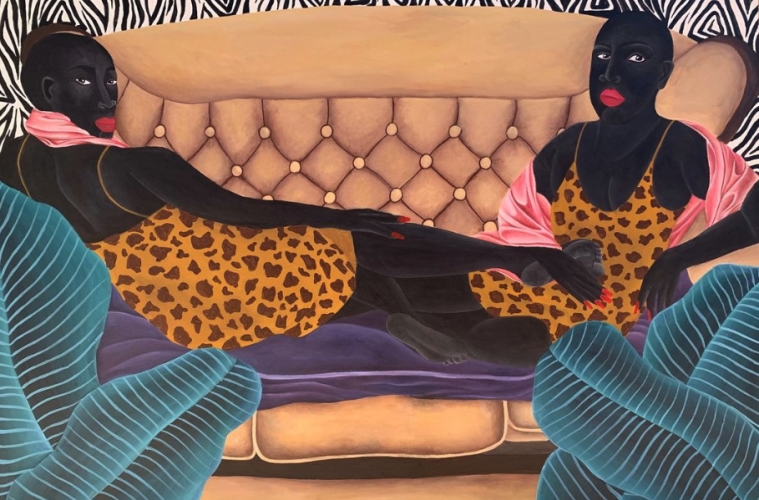Since Koyo Kouoh took over the reins of the Zeitz MOCAA, the Cape Town museum has been making waves in the contemporary art world by putting Africa front and centre.
Under the ambitious Cameroonian-born curator, the museum in the city’s port district has built its identity around Pan-Africanism, showcasing the work of artists from the continent and its diaspora.
‘Africa is for me an idea that goes beyond borders. It’s a history that goes beyond borders,’ Kouoh told AFP, cutting an elegant figure in a white dress topped by long green braids.
‘Americans don’t like to hear this but I always tell them that America is another African country.’
A country is an aggregation of cultural expressions and influences, she said, adding that using these parameters, Brazil, Cuba, and Haiti could also be considered part of the African continent.

Zeitz MOCAA
‘That’s how I look at them,’ she said, with a serious smile.
More than 40 million people in the United States, or about 12 percent of the population, are African American, while more than half of Brazil’s about 200 million people are of African descent.
‘The African diasporic influence in the US is undeniable. That’s why I like to talk about black geographies, more than African diasporas. Where black culture, black bodies, black people have influenced society,’ she said.
Energetic and with bright, lively eyes, 56-year-old Kouoh grew up between Douala in her native Cameroon and Zurich in Switzerland.
After setting up a cutting-edge art centre in Dakar, Senegal, she took over the MOCAA — housed in an old grain silo that has been renovated with square windows evoking a beehive of glass and concrete — four years ago.
Having inherited a ‘broken’ and ‘dysfunctional’ institution, she set out to give it new meaning.
View this post on Instagram
Own the space
Focusing on Pan-Africanism was a ‘no-brainer’ and ‘necessary’ since, even decades after the end of colonialism, the narrative around the continent was largely still ‘defined by others’, Kouoh said.
‘SEEKERS, SEERS, SOOTHSAYERS’, an exhibition currently on show explores the spiritual and supernatural through photo and video projections on the walls as well as textile installations.
‘There is a strong need to bring other stories to the table and not as a means of correcting,’ she said.
‘I have no interest in correcting, I don’t own and don’t internalise the wrong story. But own the space.’
MOCAA is now recognised worldwide for its approach and is sought after for collaborations by major New York and European institutions.
Its recent exhibition ‘When We See Us’, which presents a century of African figurative painting, is soon due to leave Cape Town to be shown in the Swiss city of Basel.
Kouoh said she initially focused on group exhibitions, displaying the works of several artists on a specific subject but has since moved towards single-artist shows.
‘When you conceptualise a group show, you hope that you create a symphony but most of the time you create a cacophony because there are too many voices,’ she said, speaking from the building’s panoramic elevator which offers a bird’s-eye view of the imposing entrance hall.
‘With the solo show, you have a real symphony. Of experience and universe.’
Going forward, Kouoh said she wants to pursue three priorities: showcasing emerging talents, underrated practices and female artists.
‘I am not an activist about it. I am just decidedly and very forcefully promoting African women artists,’ she said.
The article was originally written and published on Cape Etc.
Feature image: Zeitz MOCAA / Facebook

